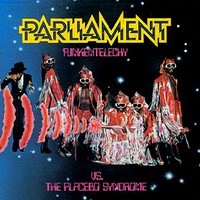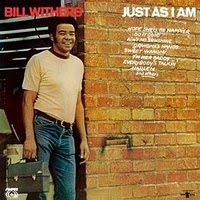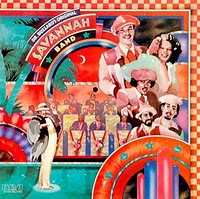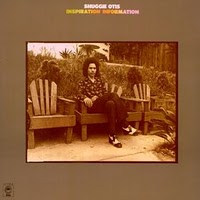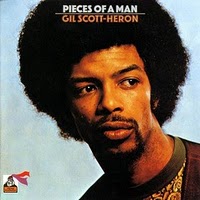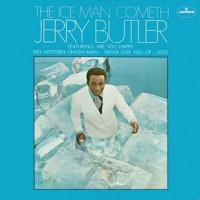
Although mostly recorded in Philadelphia, this album by soul troubadour Jerry Butler is in the Chicago Soul vein all the way; it’s too hard and gritty to be called ‘Philly’ – which wouldn’t surface as a genre until the early ’70s – despite the beautiful arrangements and sometimes huge orchestration. Teaming up with future hitmakers Gamble and Huff, Butler cut his finest LP in 1968 with ‘The Iceman Cometh’. Veering between uptempo soul nuggets and truly magnificent, haunting ballads, many a contemporary R&B artist found inspiration in it and plenty of its tunes were covered well into the ’70s.
One of Butler’s best loved cuts, the bouncy, mid-tempo romper “Hey Western Union Man” became nothing short of a standard and the same can be said for the gently cruising gospelfide rockin’ soul beater “Only the Strong Survive”, one of the centrepieces on Elvis Presley’s comeback album ‘From Elvis In Memphis’. Speaking of Memphis, the horn heavy “Can’t Forget About You, Baby” smacks of that big brassy Stax sound. A ferocious floorshaker, drenched in the sweet, purring vibe of the Hammond organ and embellished with the right amount of strings. Butler’s pleading, warm voice is at its best here, especially on the chorus. Decidedly more Windy City is the breezy, mellow “How Can I Get in Touch With You”, with its warm jazzy guitar, vibes and swirling violins. And then there’s that deliciously groovy, laidback ballad “Just Because I Really Love You”, where the horns stretch out in suspense and the piano sounds dark and ominous. That same spooky atmosphere hangs around the brassy intro to “Lost”, a shufflin’, brooding piece sporting a crashing back beat, which works its way up to an anthemic, jubilant chorus. Another soon-to-become evergreen appears in the guise of the slow burning “Never Give You Up”, a brilliant pop-soul confection covered by everyone from The Jacksons to Isaac Hayes. Equally snappy is the soft, despondent lament “Are You Happy”, with more subtle orchestration and another heart wrenching vocal. Up next are two superb, dark, intensely sad ballads: the ghostly “(Strange) I Still Love You”, with its ethereal backing vocals, churchy organ and weeping strings, and the truly goosebump inducing “Go Away – Find Yourself”, an unbelievably touching, sweet rendering, majestically orchestrated. Butler ends this magnificent longplayer on a more upbeat note, as he swoons, croons and wails his way through the country soul gem “I Stop By Heaven”. A masterpiece. —soulmakossa


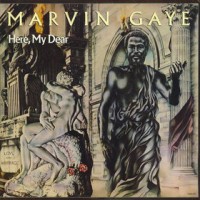

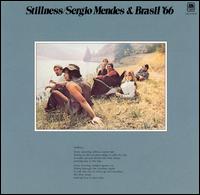
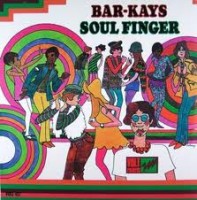
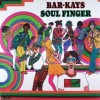 1. The Bar-Kays Soul Finger (1967) Though there are other great tunes in this assortment of instrumentals, its title track, with its thumping bass and blasting horns, is deservedly the standout. Even the record’s unavoidable association with one of the greatest tragedies in Soul music history—it’s the only one the original lineup recorded before three of its members perished with Otis Redding in a plane crash—can’t detract from its joyous groove.
1. The Bar-Kays Soul Finger (1967) Though there are other great tunes in this assortment of instrumentals, its title track, with its thumping bass and blasting horns, is deservedly the standout. Even the record’s unavoidable association with one of the greatest tragedies in Soul music history—it’s the only one the original lineup recorded before three of its members perished with Otis Redding in a plane crash—can’t detract from its joyous groove.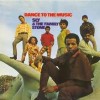 2. Sly and the Family Stone Dance to the Music (1968) This sophomore effort by the Bay Area psychedelic soulsters is where they really find their footing. Much more of a group effort than Sly’s later work, its melding of fuzzed-out guitar, stinging brass, life-affirming vocals, and the stellar basswork of one of funk’s greatest innovators, Larry Graham, ushered in a new era.
2. Sly and the Family Stone Dance to the Music (1968) This sophomore effort by the Bay Area psychedelic soulsters is where they really find their footing. Much more of a group effort than Sly’s later work, its melding of fuzzed-out guitar, stinging brass, life-affirming vocals, and the stellar basswork of one of funk’s greatest innovators, Larry Graham, ushered in a new era.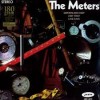 3. The Meters (1969) – No other city is as deserving of the title “The Cradle of Funk” as New Orleans. In the late ’60s, literally hundreds of artists in that city cooked up potent stews of tight grooves and fat beats, and the Meters were the undisputed head chefs. Their Allen Toussaint and Marshall Sehorn-produced debut features a smoking collection of instrumentals, including the original version of “Cissy Strut”, now a Funk standard.
3. The Meters (1969) – No other city is as deserving of the title “The Cradle of Funk” as New Orleans. In the late ’60s, literally hundreds of artists in that city cooked up potent stews of tight grooves and fat beats, and the Meters were the undisputed head chefs. Their Allen Toussaint and Marshall Sehorn-produced debut features a smoking collection of instrumentals, including the original version of “Cissy Strut”, now a Funk standard.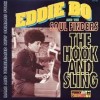 4. Eddie Bo and the Soul Finders The Hook and Sling (1997) Elsewhere in the Crescent City, this prolific national treasure, whose output spanned from the early 50s to just a few months before his death in 2009, unleashed one of early Funk’s catchiest numbers, “The Hook and Sling”—a sizable hit on the R&B charts in 1969. Every bit as much of an innovator as his peers, Bo unfortunately remained in their shadows for most of his career. Even stranger, he never managed to cut a full-length LP during this, his most important, period. This 1997 compilation serves as the next best thing.
4. Eddie Bo and the Soul Finders The Hook and Sling (1997) Elsewhere in the Crescent City, this prolific national treasure, whose output spanned from the early 50s to just a few months before his death in 2009, unleashed one of early Funk’s catchiest numbers, “The Hook and Sling”—a sizable hit on the R&B charts in 1969. Every bit as much of an innovator as his peers, Bo unfortunately remained in their shadows for most of his career. Even stranger, he never managed to cut a full-length LP during this, his most important, period. This 1997 compilation serves as the next best thing.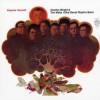 5. Charles Wright and the Watts 103rd Street Rhythm Band Express Yourself (1970) Seminal release by Charles Wright and the best incarnation of the Watts 103rd Street Rhythm Band.
5. Charles Wright and the Watts 103rd Street Rhythm Band Express Yourself (1970) Seminal release by Charles Wright and the best incarnation of the Watts 103rd Street Rhythm Band. 
